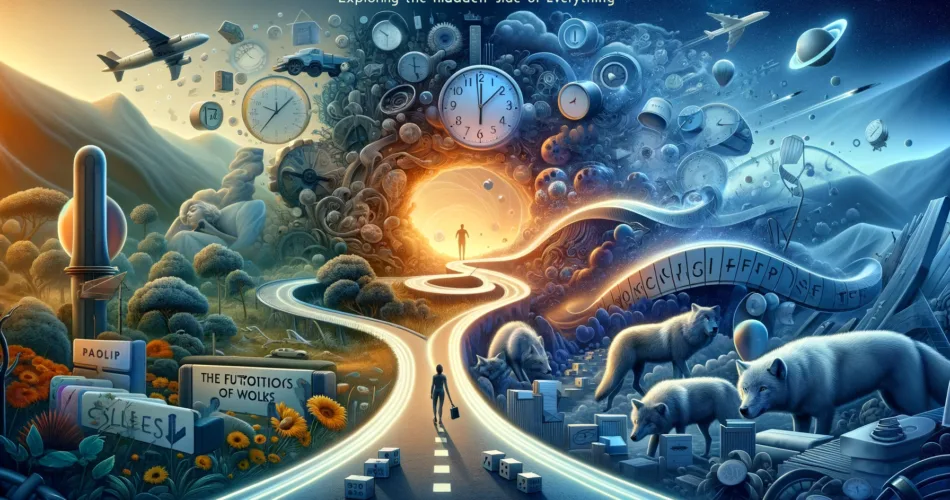In a world that’s constantly in motion, the quest for efficiency and effectiveness is unending. This article delves into the hidden side of everything, exploring topics as diverse as the economics of sleep, the future of work, and the life-saving contributions of wolves. This blog post will take you on a journey through the art and science of shortcuts providing insights into how these principles can be applied across various domains of our lives.
The Tale of Gauss and the Birth of Shortcuts
The story of Carl Friedrich Gauss, a young math prodigy, solving a seemingly mundane arithmetic problem in an extraordinarily efficient way, serves as a perfect preamble to the power of shortcuts. Instead of laboriously adding numbers from 1 to 100, Gauss used a simple formula, showcasing that the path to a solution doesn’t have to be long-winded or complex. This anecdote not only highlights Gauss’s genius but also sets the stage for understanding how shortcuts can be revolutionary, even in the simplest forms.
The Philosophy Behind Shortcuts
Marcus de Sotoy’s book, Thinking Better: The Art of the Shortcut in Math and Life, argues that shortcuts are not about cutting corners in a negative sense. Instead, they represent intelligent solutions to bypass unnecessary effort while achieving the desired outcome. The distinction between praxis (work done for its own sake) and poiesis (work done to achieve a goal) is crucial here, suggesting that shortcuts are particularly valuable for the latter. This philosophy underscores the importance of rethinking how we approach tasks and problems, encouraging a mindset shift towards efficiency and creativity.
Shortcuts in Mathematics and Beyond
Mathematics, according to de Sotoy, is inherently a language of shortcuts. This idea extends beyond the realm of numbers and formulas; language itself is a system of shortcuts. The evolution of language, like mathematics, demonstrates humanity’s penchant for efficiency, using symbols and sounds to convey complex ideas quickly and effectively. The podcast explores various examples, including the use of imaginary numbers in engineering and the evolutionary shortcuts observed in nature, like the hexagonal cells of a honeybee hive.
Applying Shortcuts to Modern Challenges
The episode also touches on the application of shortcuts in technology, AI, and even psychotherapy, showing how these principles can solve complex problems and improve our understanding of the world. The discussion about cognitive behavioral therapy, in particular, offers a fascinating look at how shortcuts can alter thought processes and behaviors, illustrating the broad applicability of these concepts.
The Ethics and Impact of Shortcuts
While celebrating the benefits of shortcuts, Dubner and de Sotoy also ponder their ethical implications, especially in contexts like business and law where the line between efficiency and morality can blur. The conversation navigates these complexities, highlighting the need for critical thinking and ethical considerations in the pursuit of shortcuts.
Conclusion: Embracing the Art of Shortcuts
In conclusion, the Freakonomics Radio episode with Marcus de Sotoy offers profound insights into the value and versatility of shortcuts. From the mathematical brilliance of Gauss to the evolutionary ingenuity of nature and the cognitive transformations enabled by therapy, shortcuts emerge as a fundamental aspect of progress and efficiency. As we navigate the challenges and opportunities of the modern world, embracing the art of shortcuts—while mindful of their ethical dimensions—can lead us to more creative, effective, and fulfilling ways of living and working.

